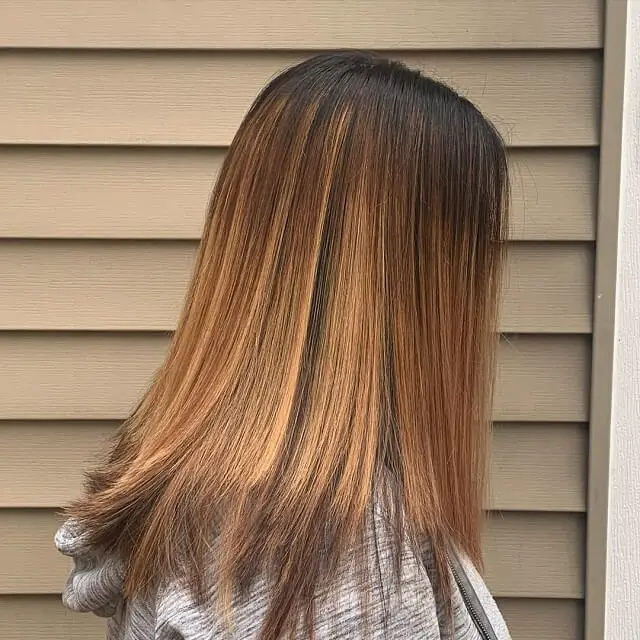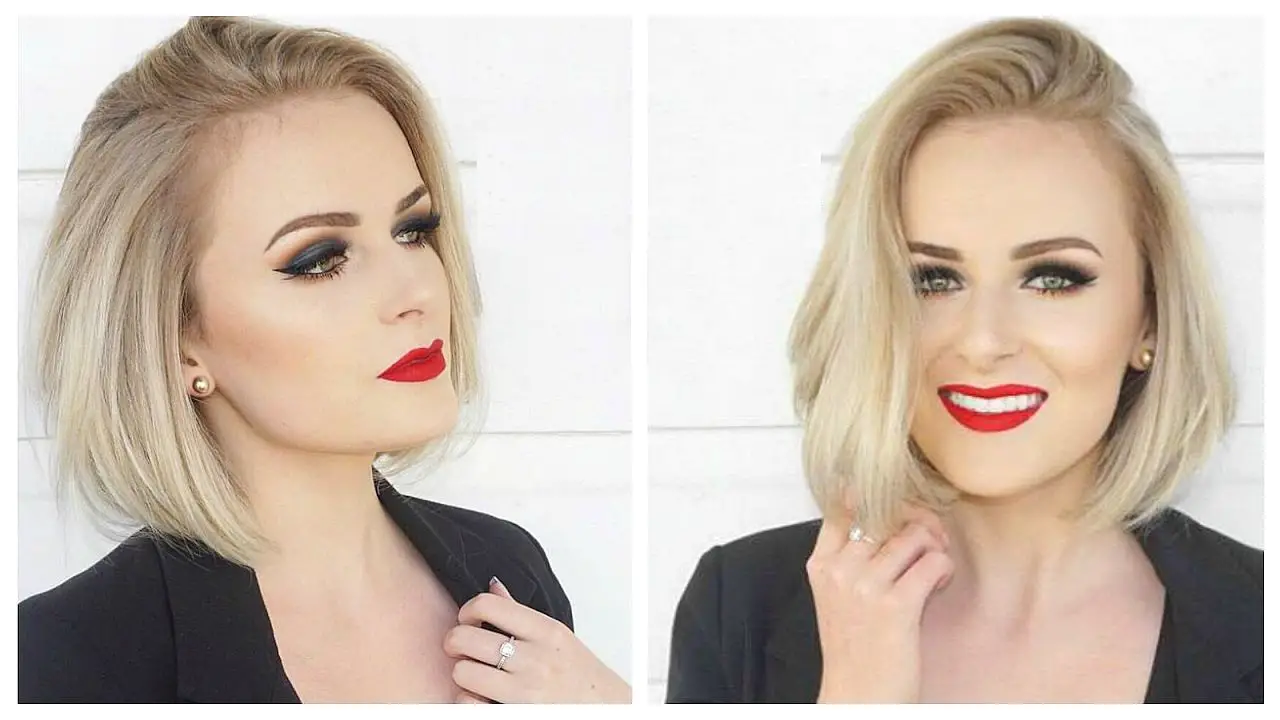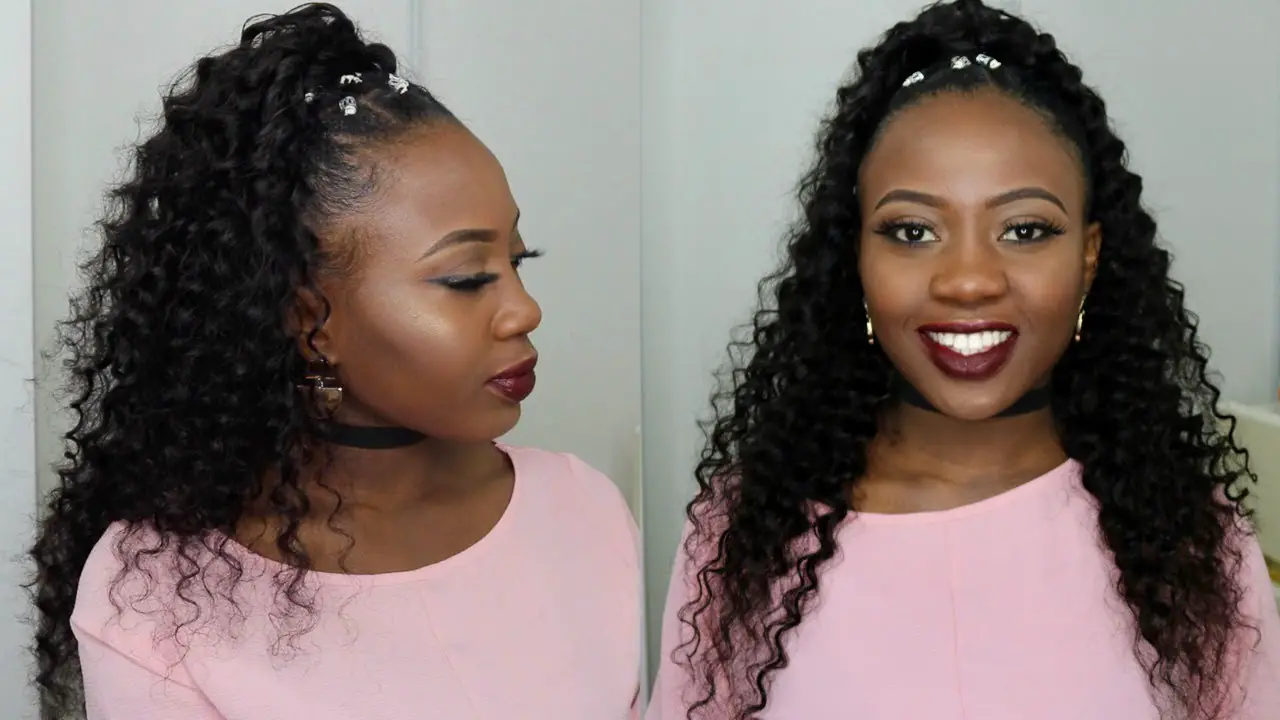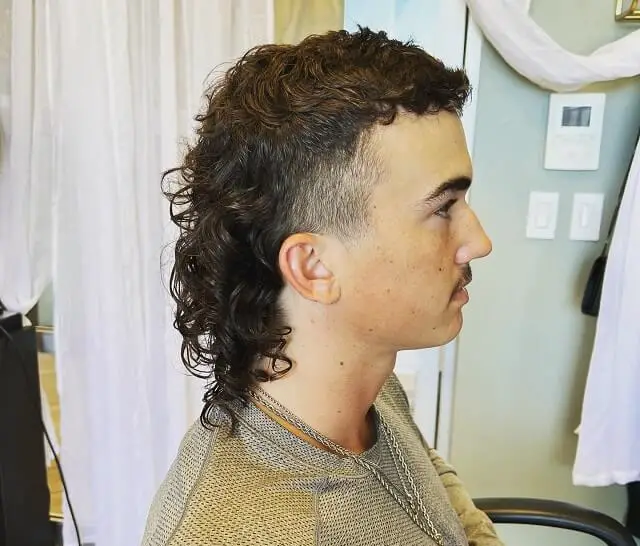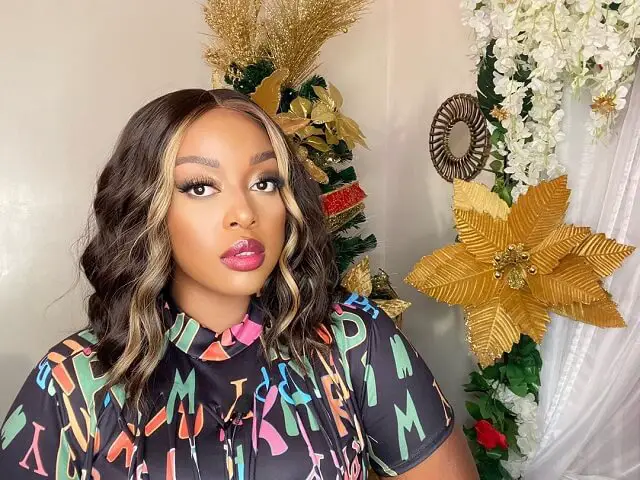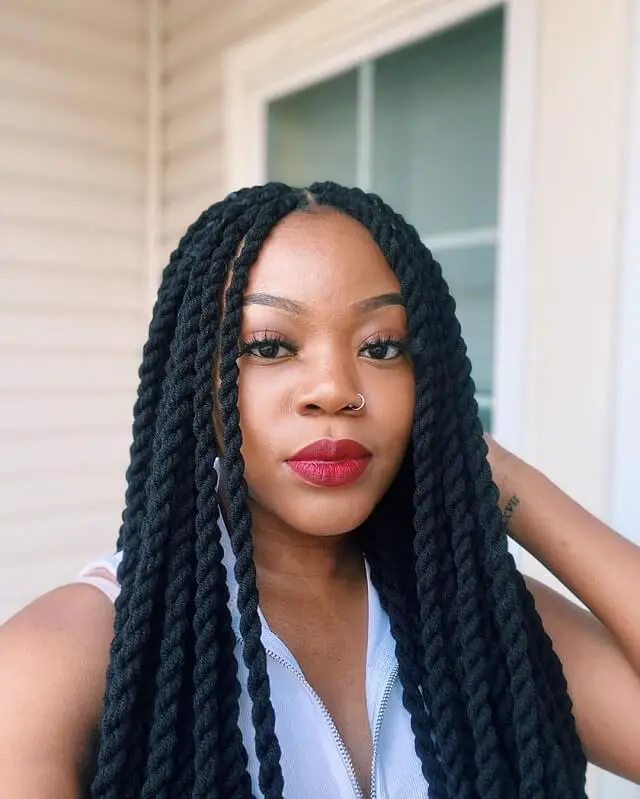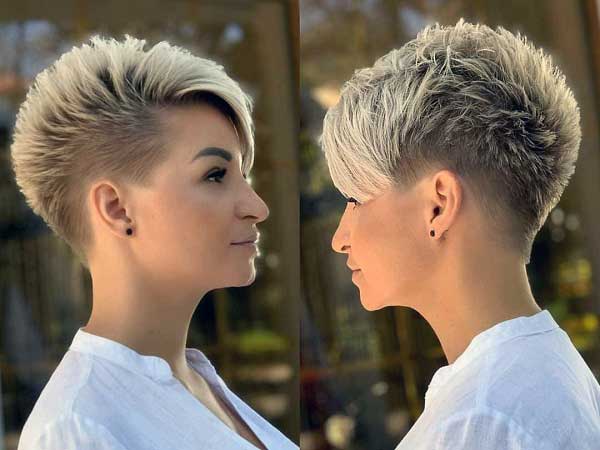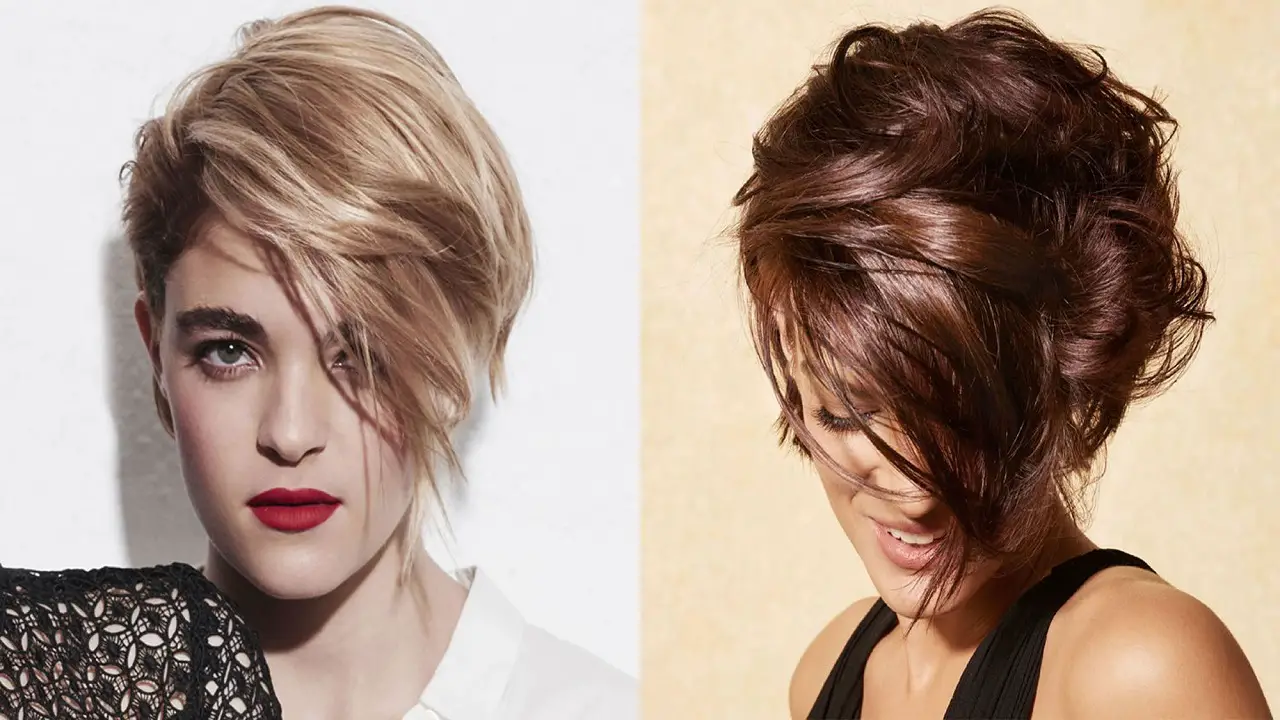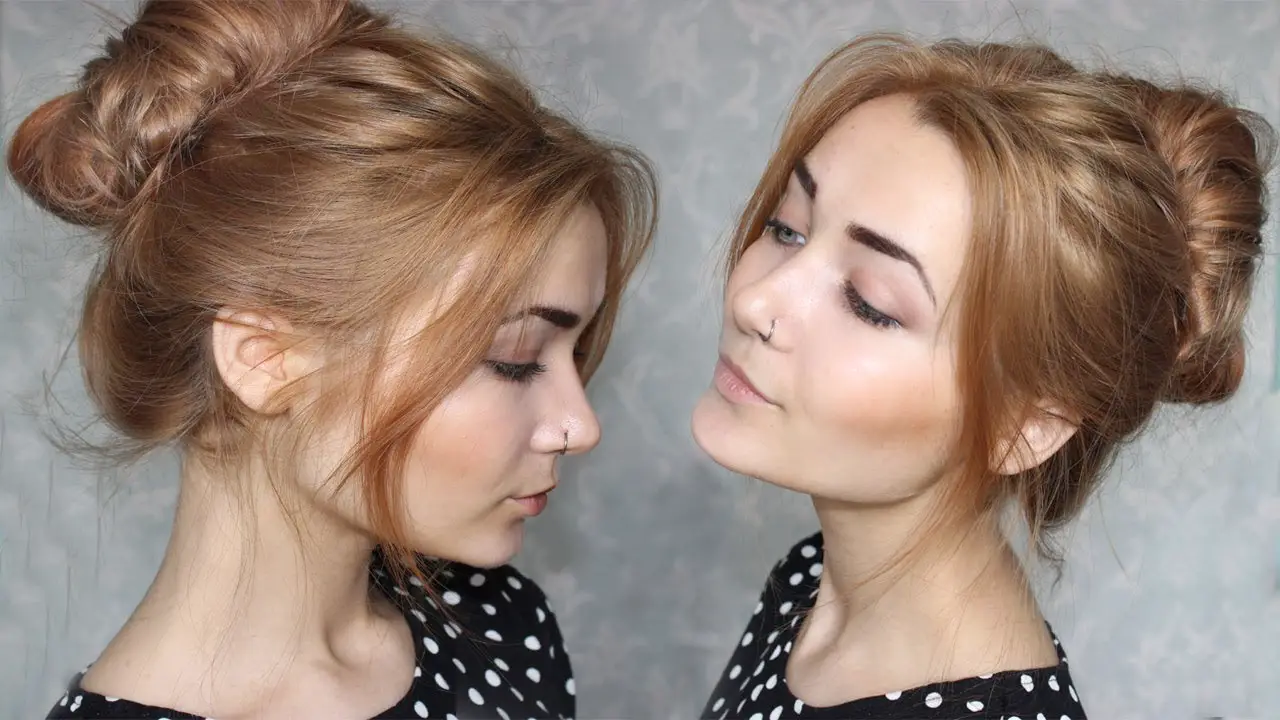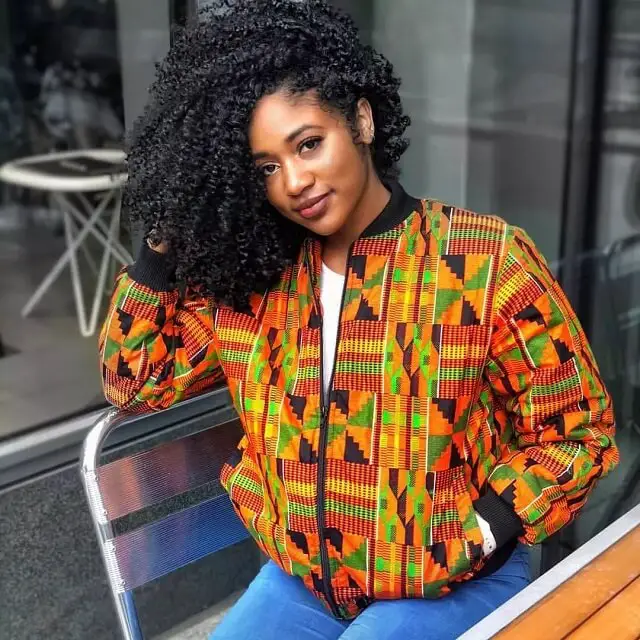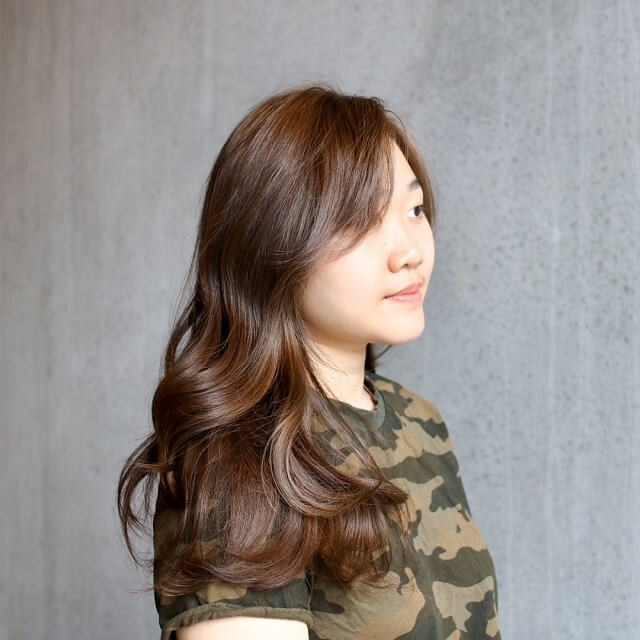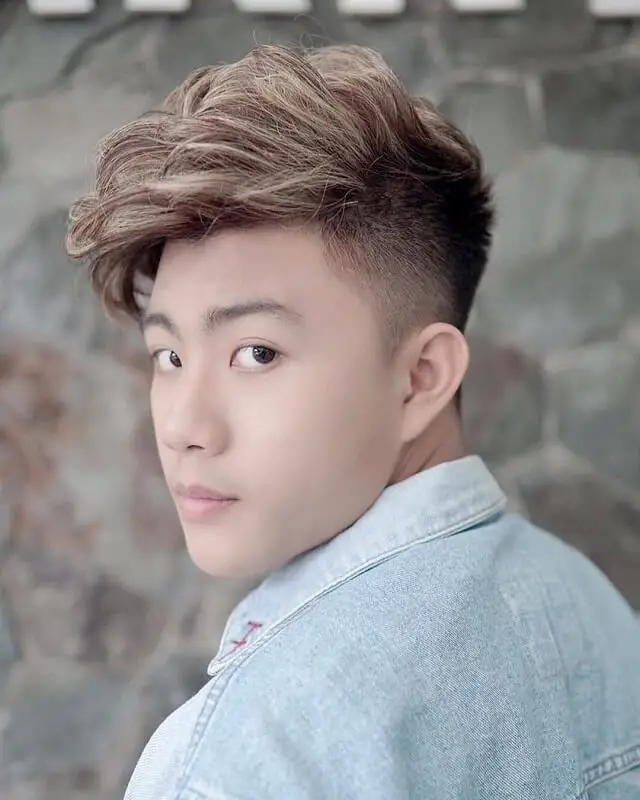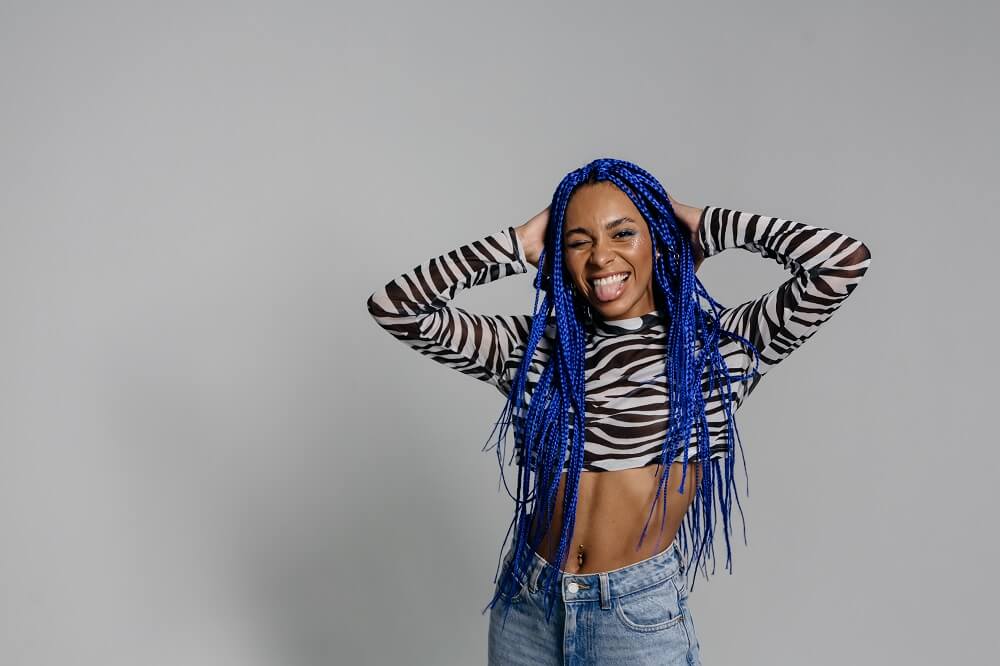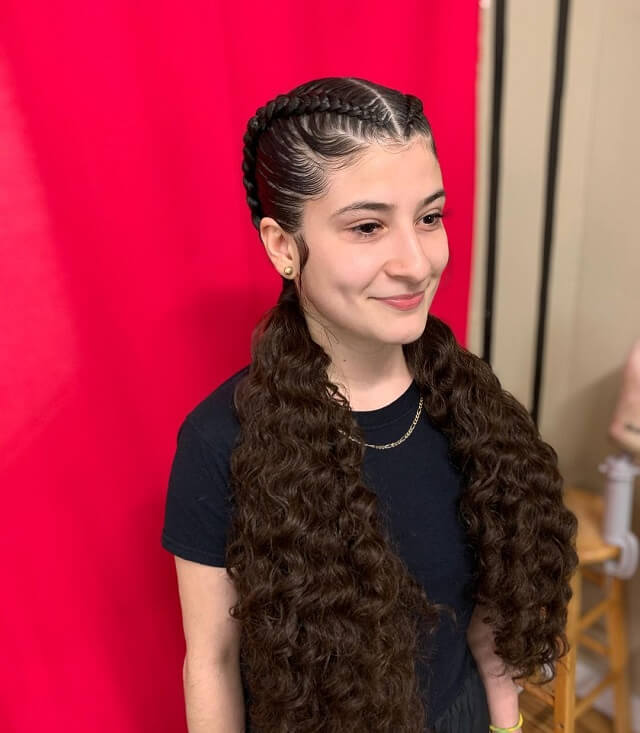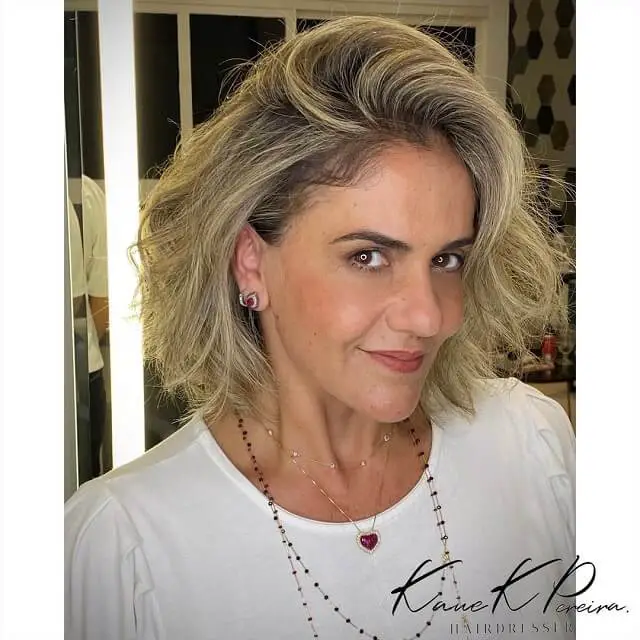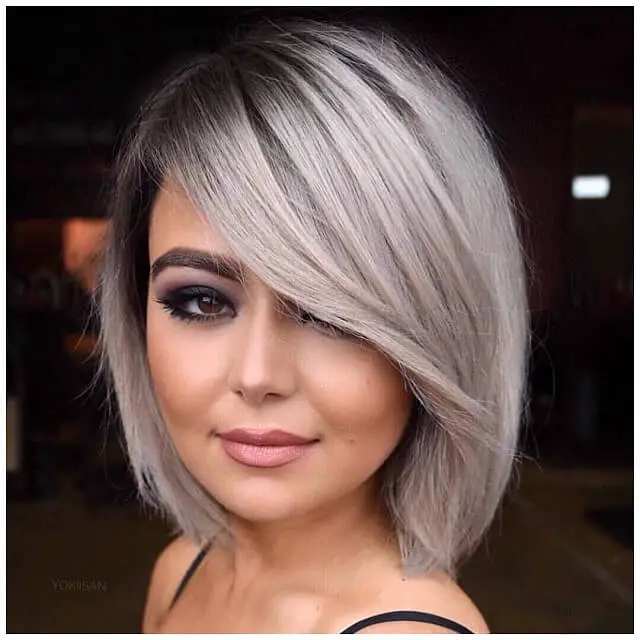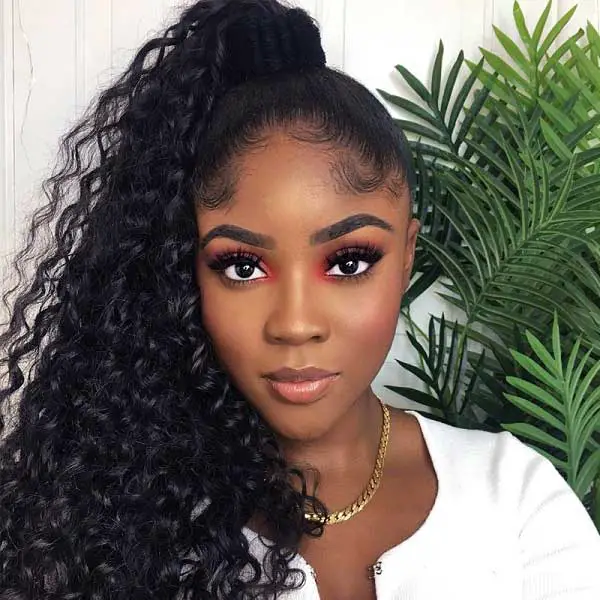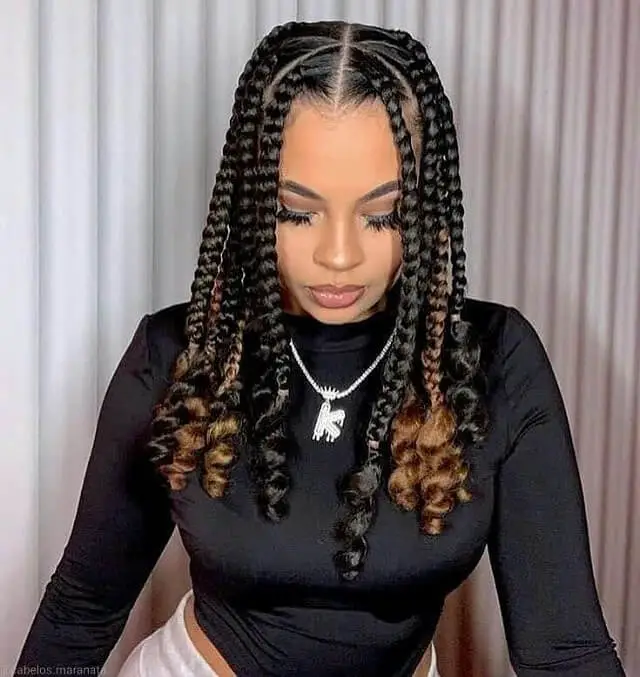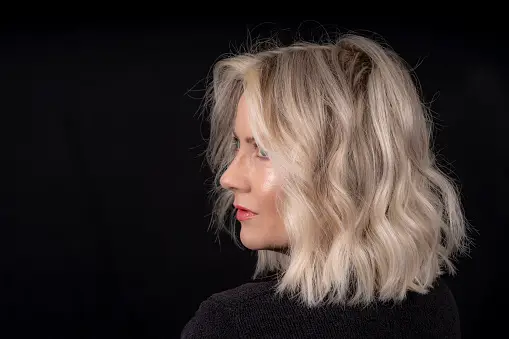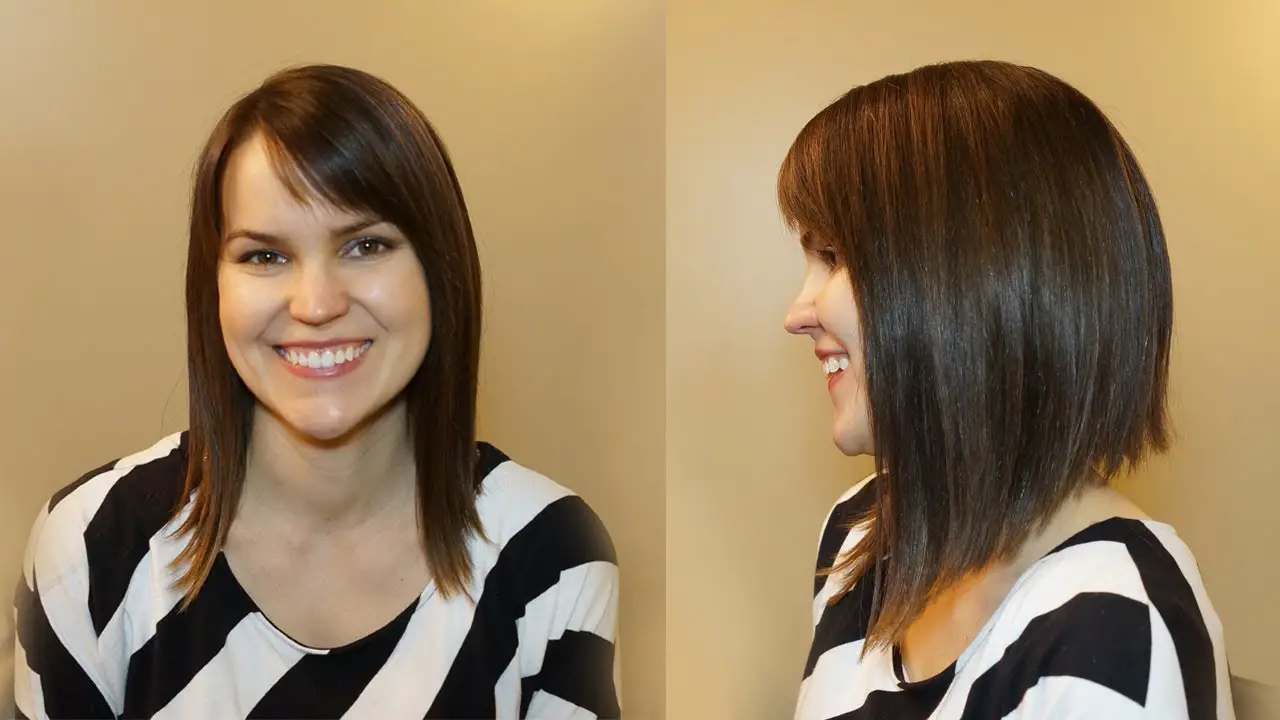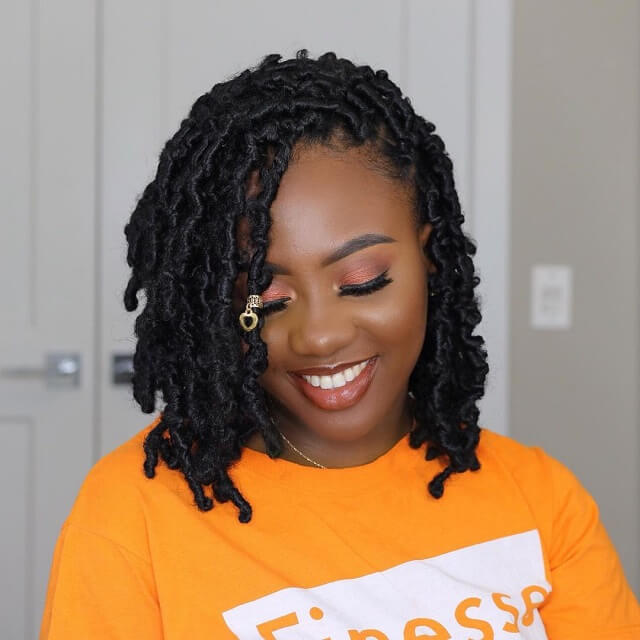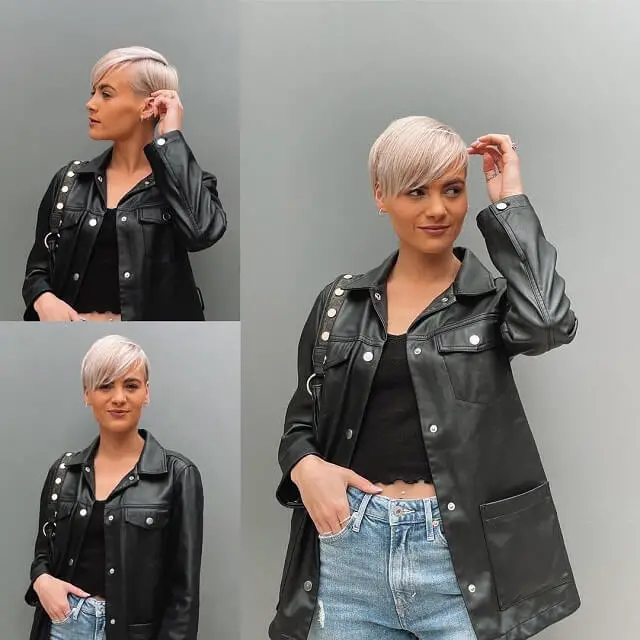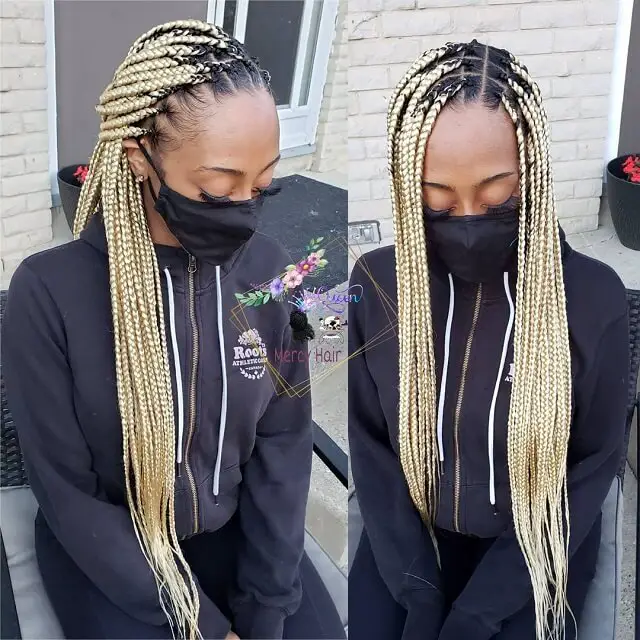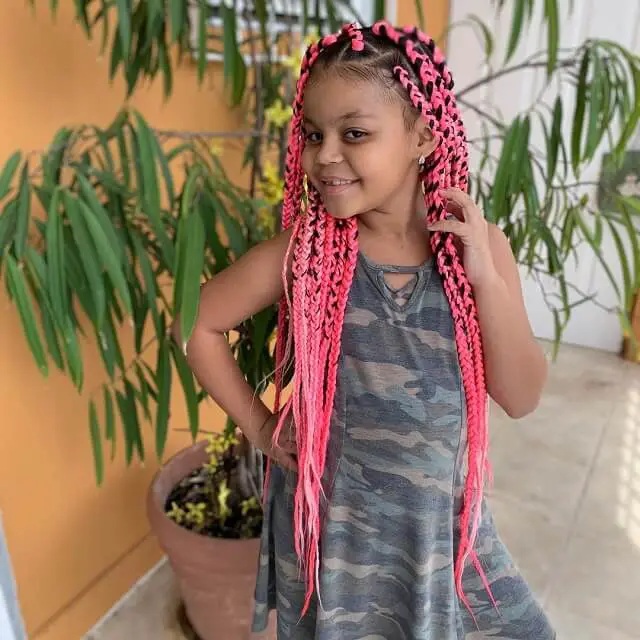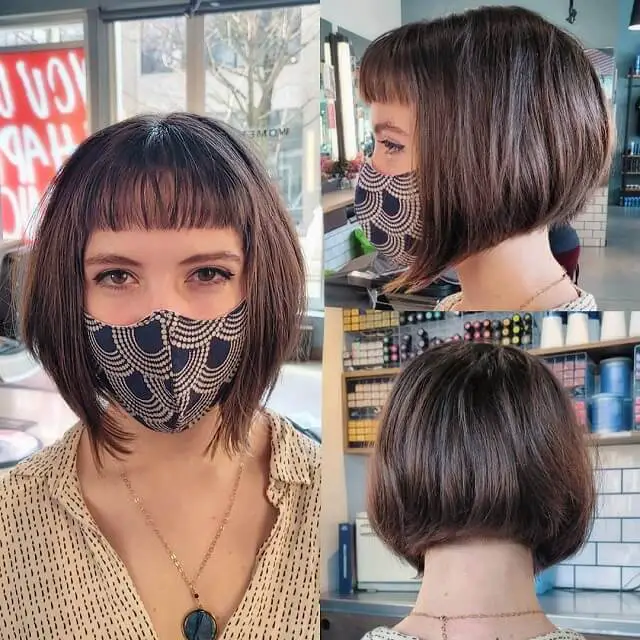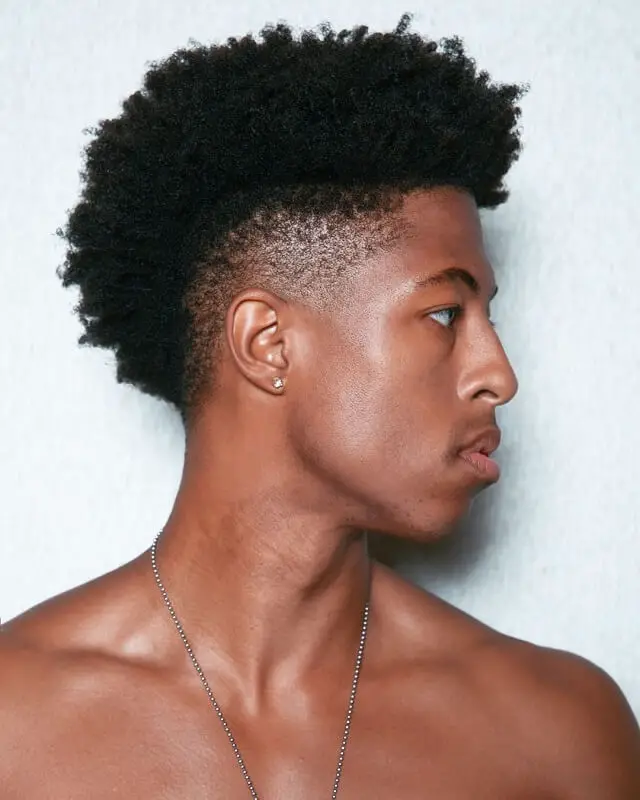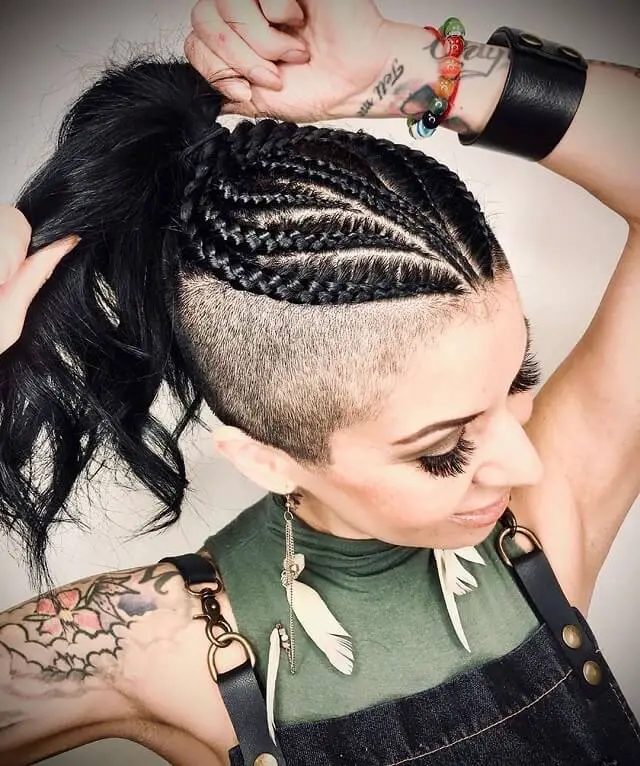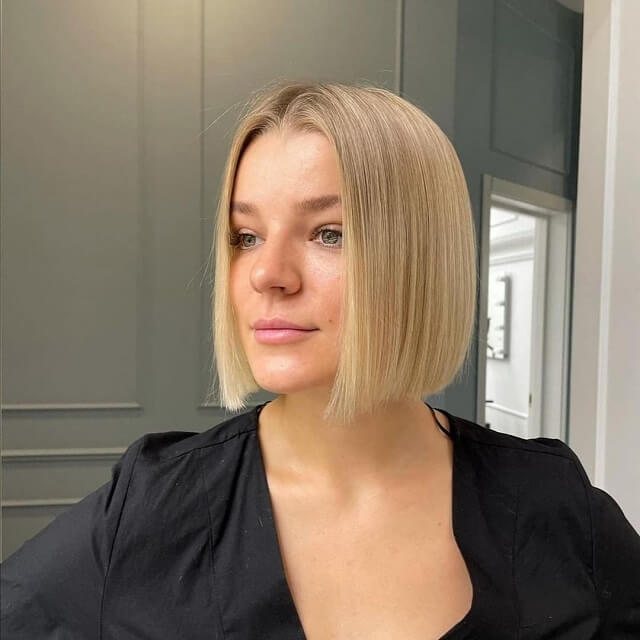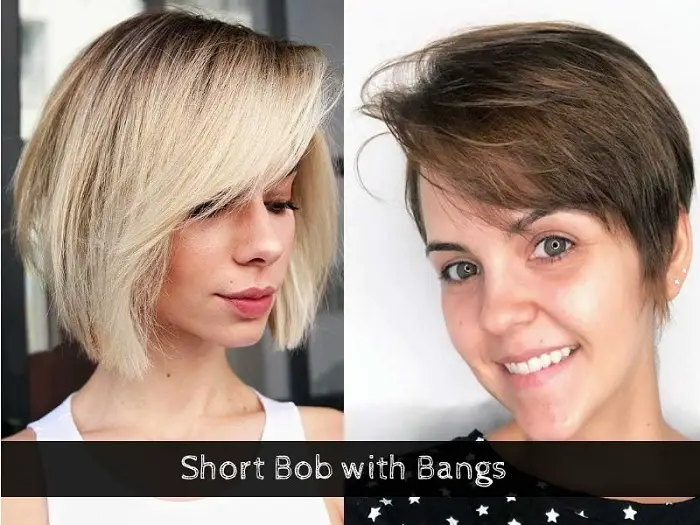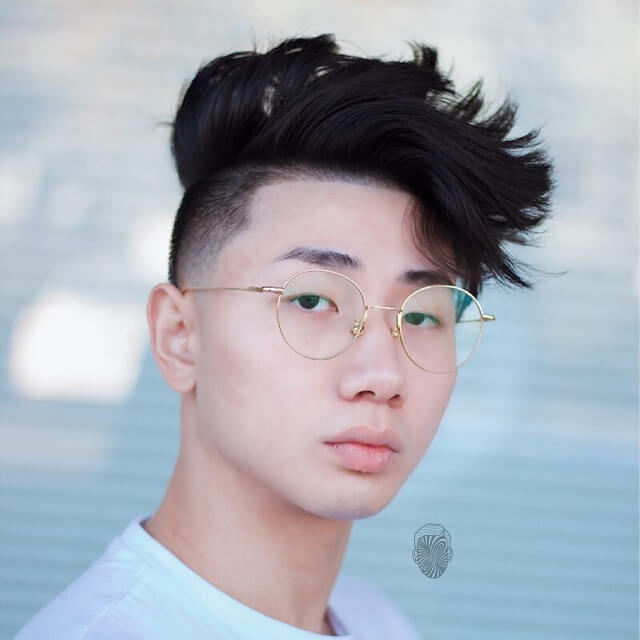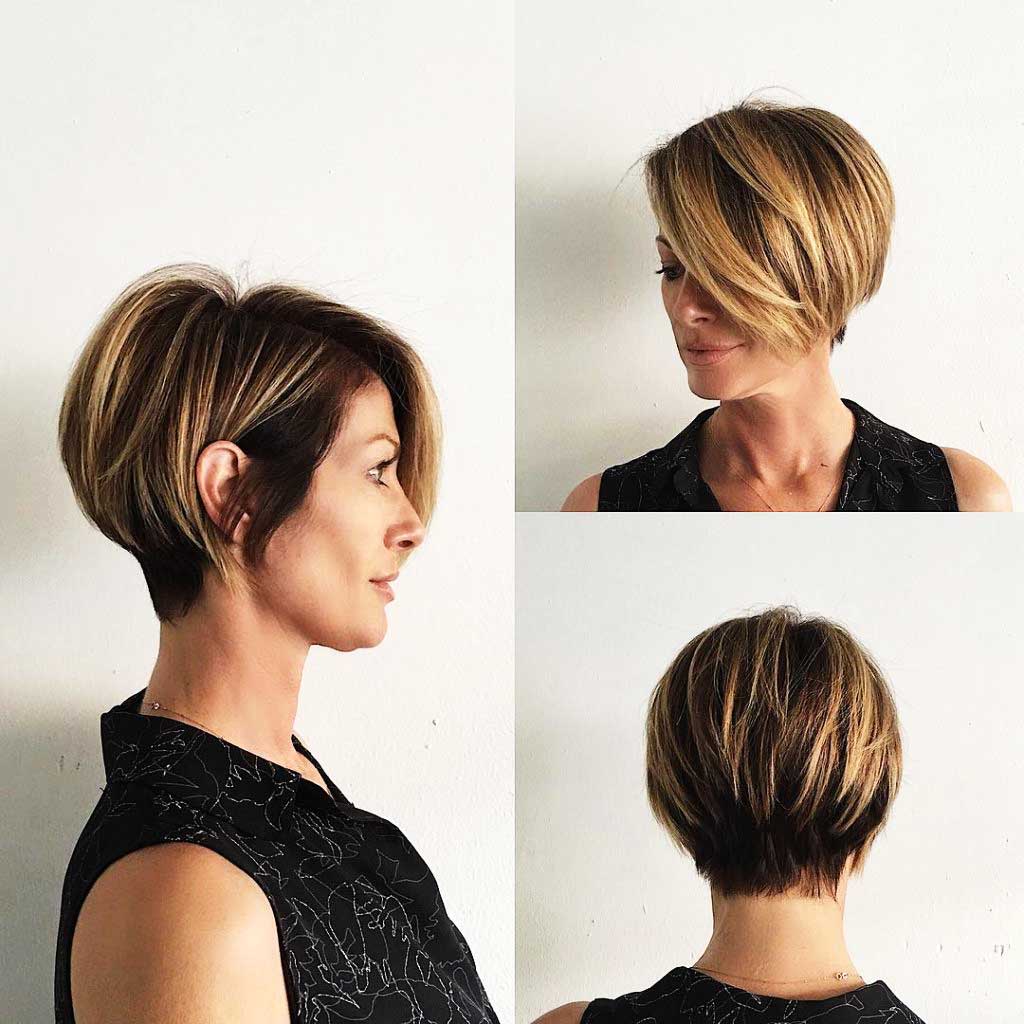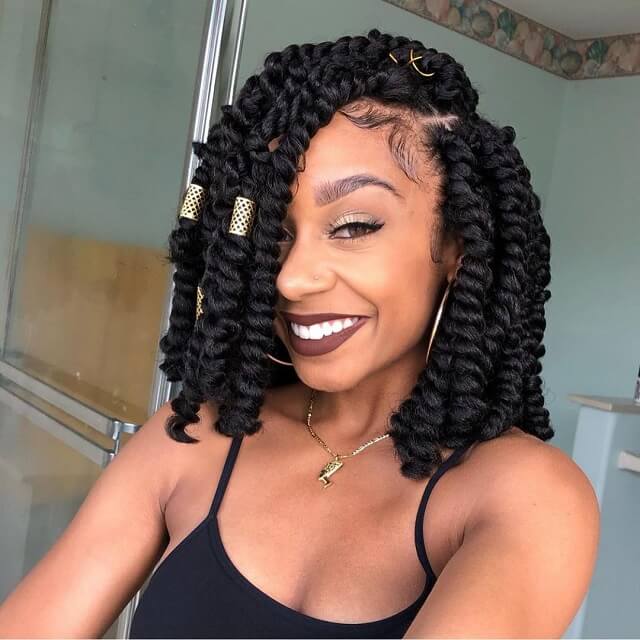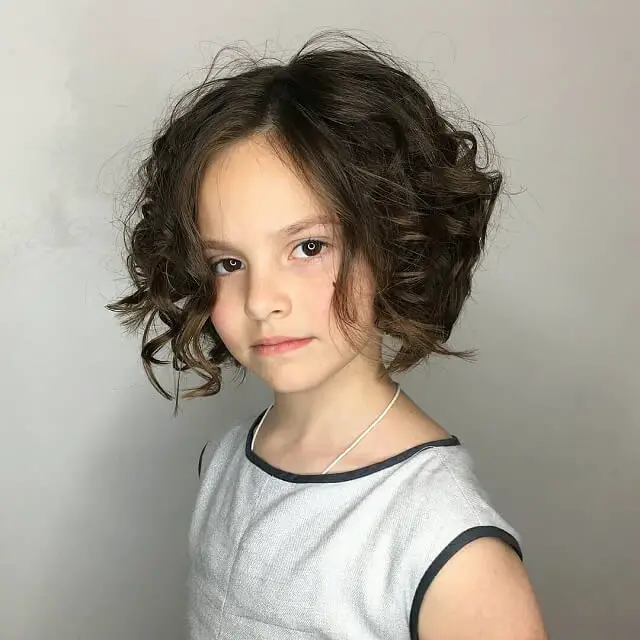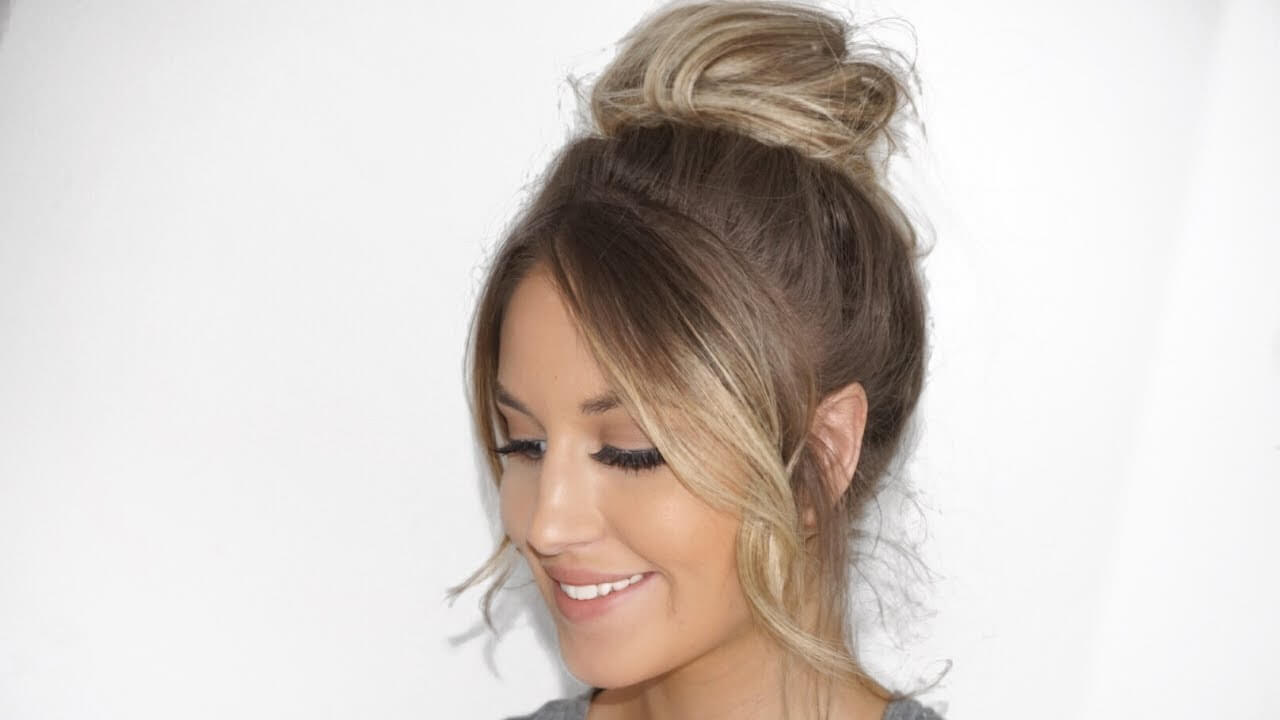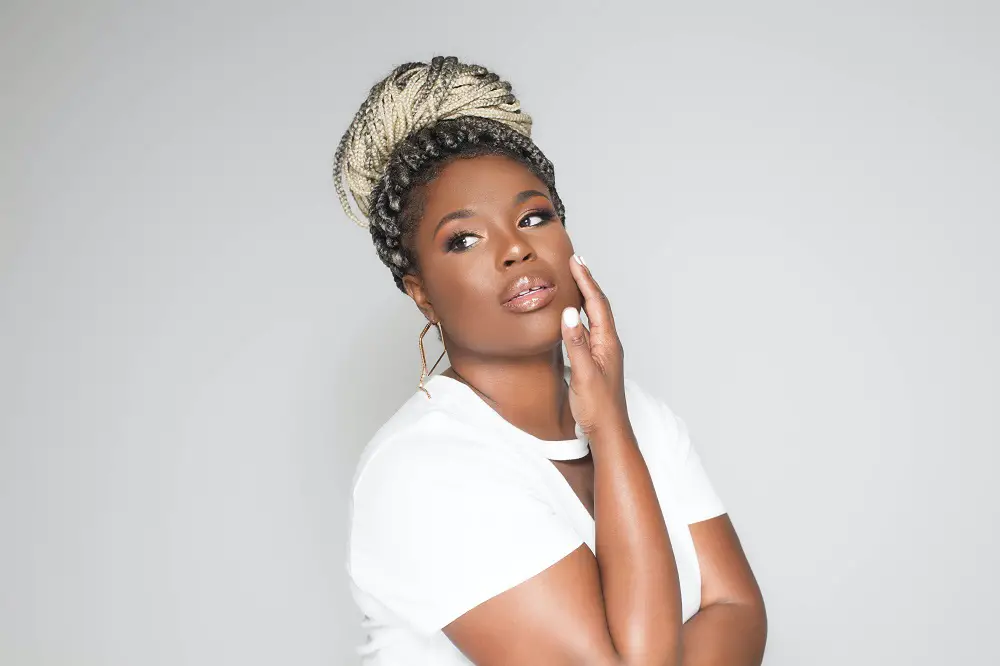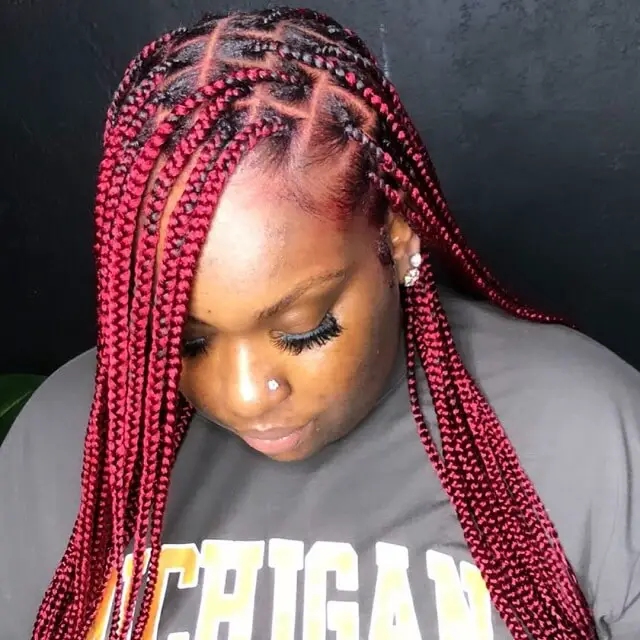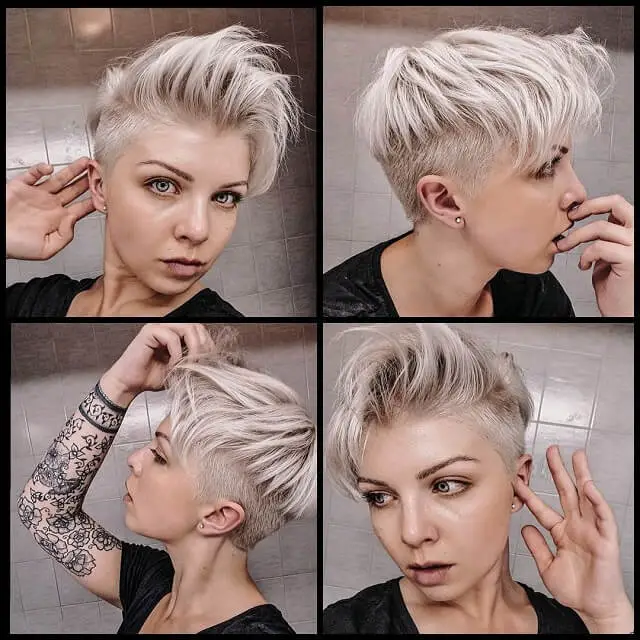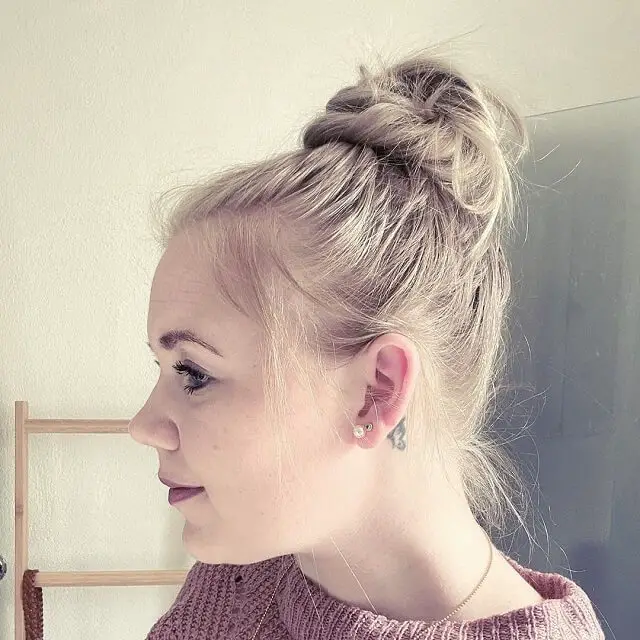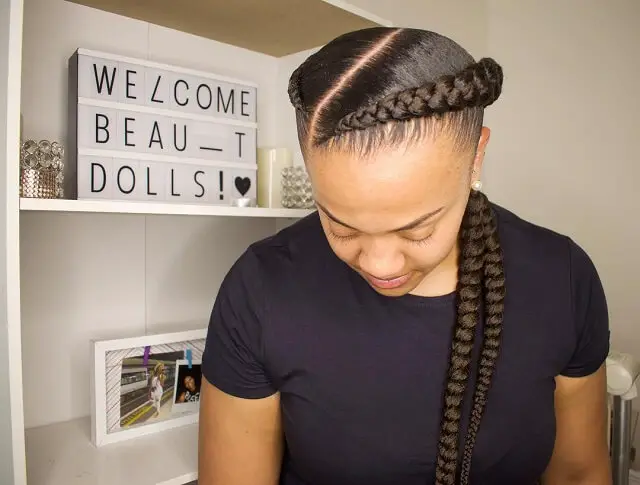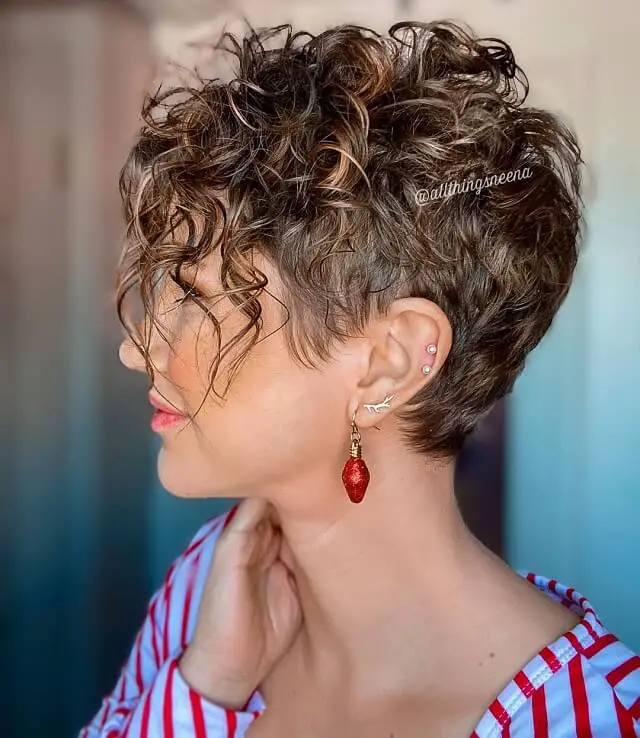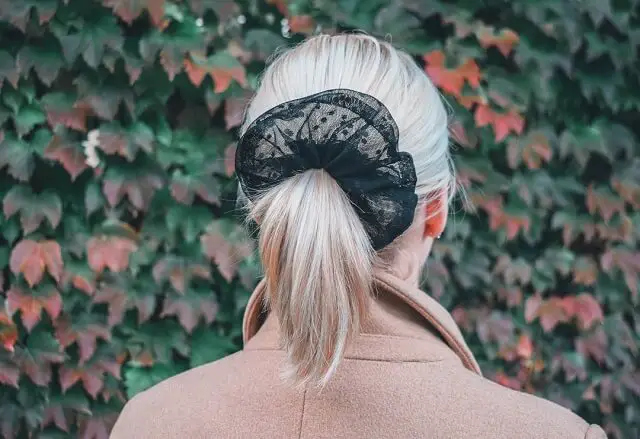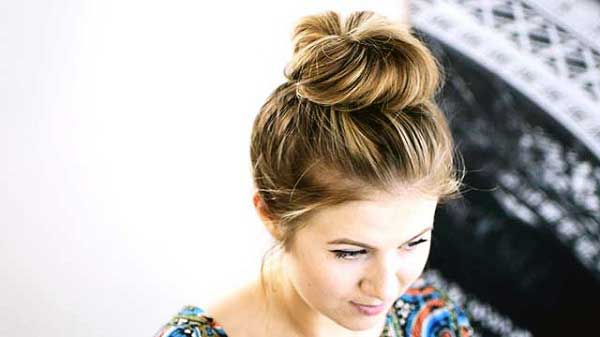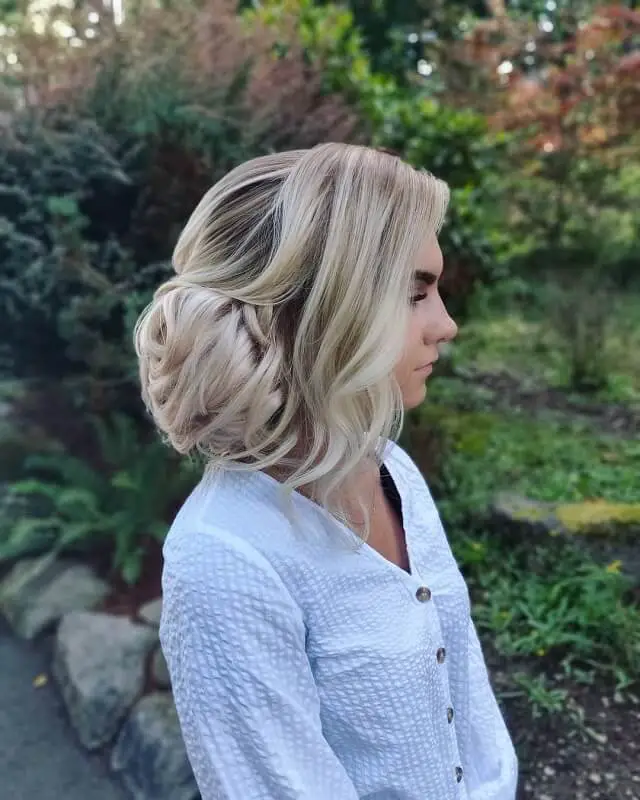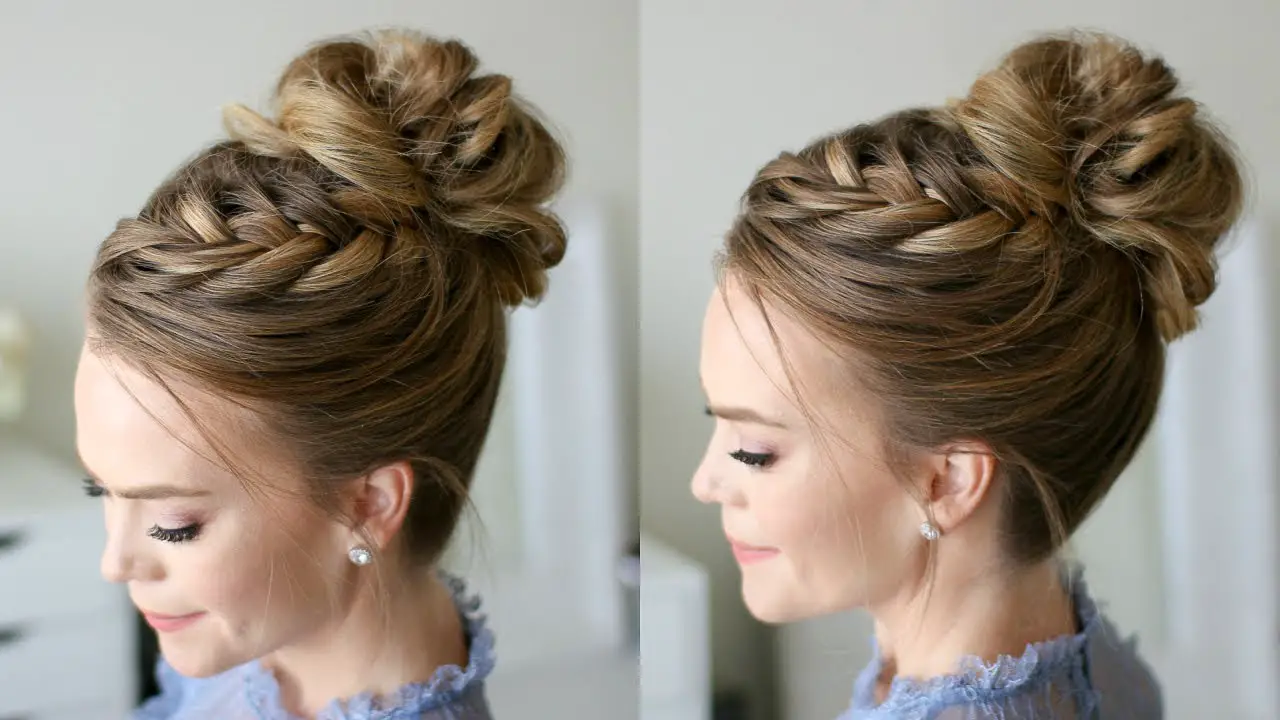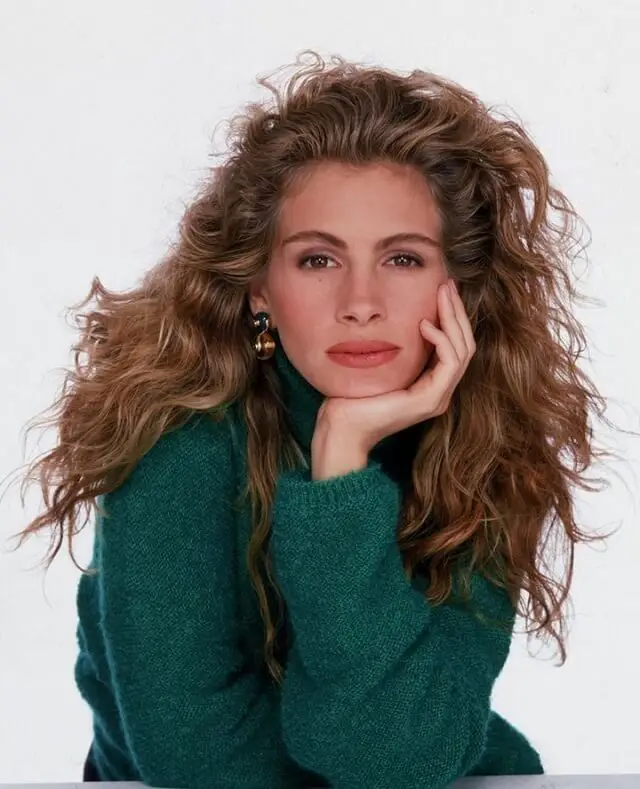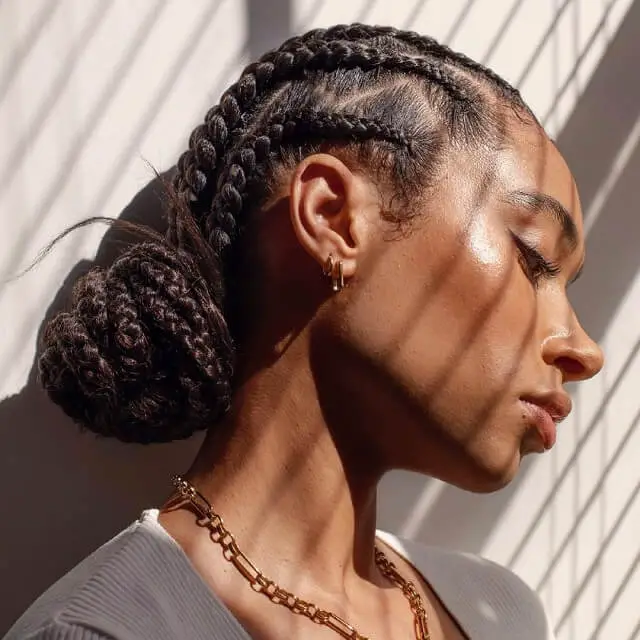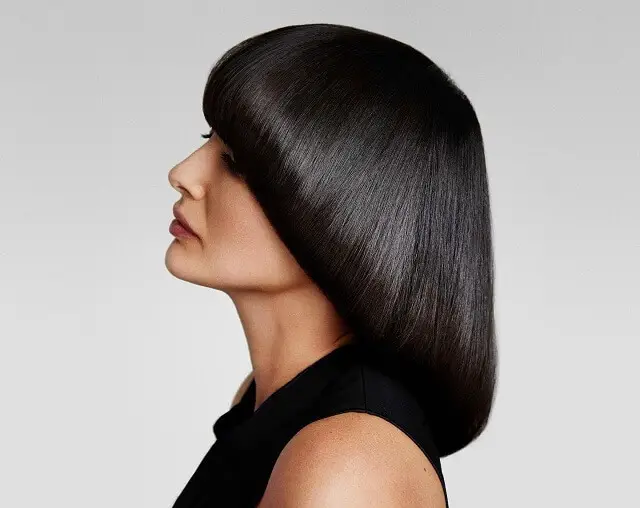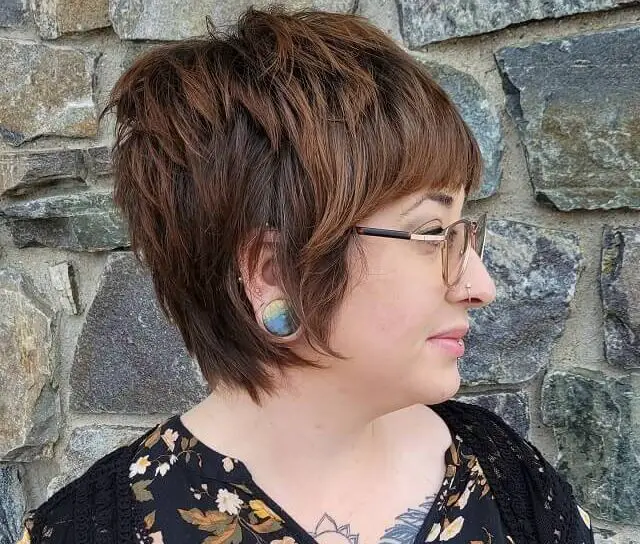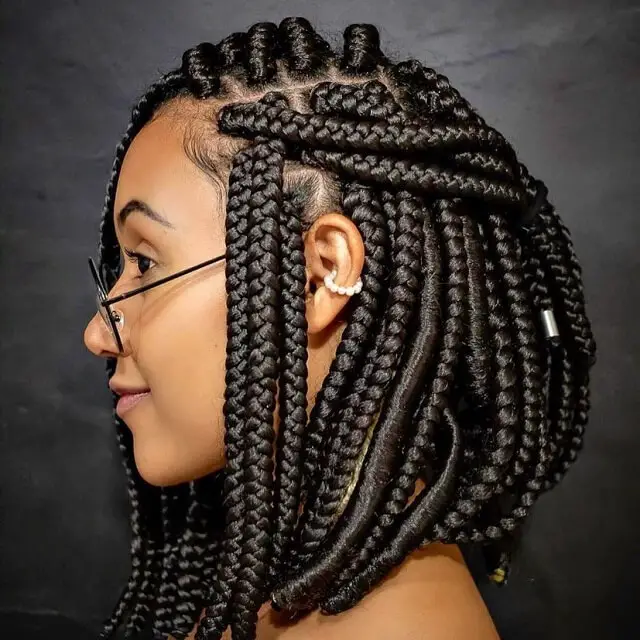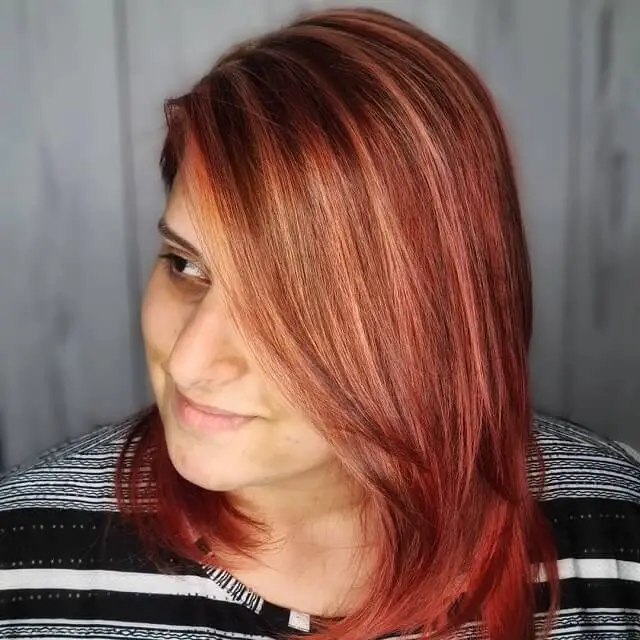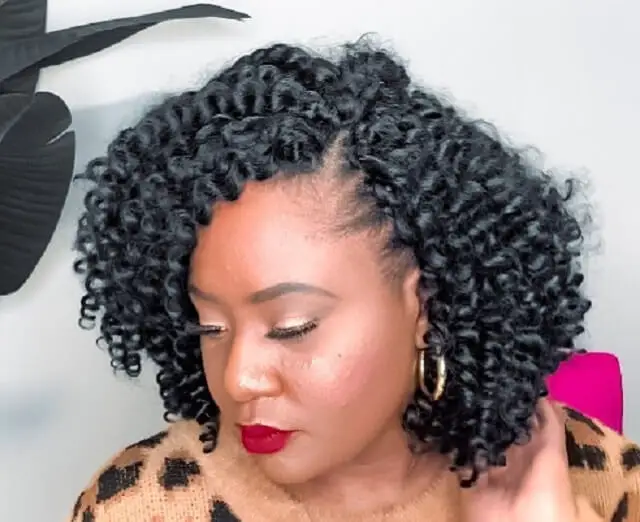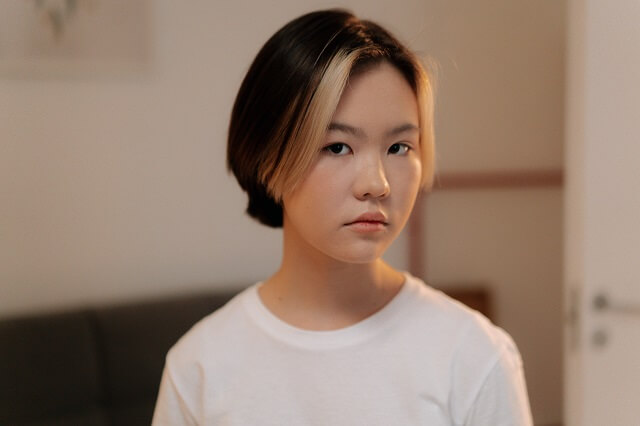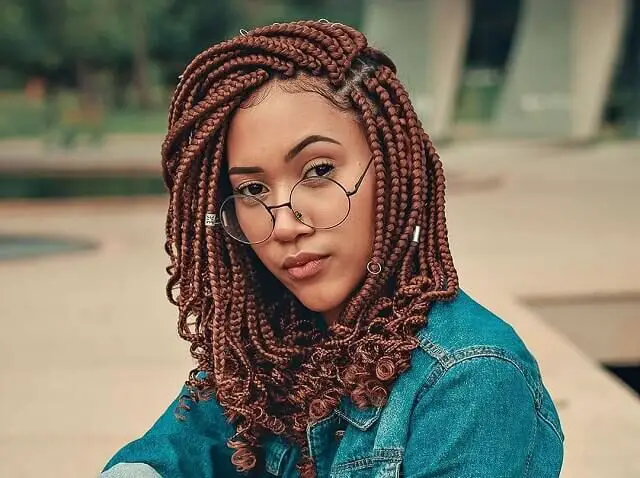Protective styles are an essential part of healthy hair care—especially for textured, curly, and coily hair types. They offer a break from daily manipulation, shield ends from harsh weather, and aid in length retention. However, the key word here is “protective.” A protective style only serves its purpose if it’s properly installed, maintained, and removed.
Far too often, damage occurs not because of the style itself, but because of neglect or incorrect practices. Whether you’re wearing box braids, crochet styles, faux locs, wigs, or cornrows, this guide outlines the dos and don’ts of maintaining your protective style and keeping your natural hair flourishing underneath.
Why Protective Styles Matter
Before diving into best practices, it’s important to understand why protective styles are so valuable:
- Reduces Breakage: By tucking away ends—the oldest and most fragile part of your hair—protective styles prevent unnecessary friction and breakage.
- Retains Moisture: When hair is braided or twisted, it holds on to moisture longer than loose hair.
- Encourages Growth: Less manipulation reduces the chance of mechanical damage, allowing you to retain more length over time.
- Styling Convenience: Protective styles save time and allow for low-maintenance routines.
But these benefits only come with proper care. Let’s get into the dos and don’ts.
The Dos of Maintaining Your Protective Style
1. Do Prep Your Hair Before Installation
Healthy hair starts before the style is installed. Proper preparation ensures your hair can handle being tucked away for an extended period.
- Cleanse: Use a sulfate-free clarifying shampoo to remove any product buildup, dirt, and oils from your scalp and hair.
- Deep Condition: Hydrate your hair deeply with a moisturizing deep conditioner to strengthen strands before manipulation.
- Trim if Necessary: Protective styles aren’t a substitute for trims. Remove split ends to prevent breakage while your hair is tucked away.
- Stretch Hair: Gently stretching your hair (e.g., with blow-drying on cool or tension method) before installing the style can help minimize tangles and make installation smoother.
2. Do Moisturize Regularly
Just because your hair is out of sight doesn’t mean it should be out of mind. Moisture is vital to preventing dryness, breakage, and scalp irritation.
- Use a light, water-based leave-in spray or make your own with distilled water, aloe vera juice, and a few drops of essential oil.
- Seal moisture in with a light oil like jojoba, grapeseed, or sweet almond oil. Avoid heavy products that cause buildup.
- Pay special attention to your scalp and ends, which tend to dry out the fastest.
Frequency: Aim to moisturize at least 3 times a week, or more depending on your hair’s porosity and the style you’ve chosen.
3. Do Cleanse Your Scalp
Scalp care is critical during protective styling. A dirty scalp leads to itching, irritation, and poor hair growth.
- Use a diluted sulfate-free shampoo applied with a nozzle bottle to directly target the scalp.
- Rinse with lukewarm water and pat dry gently with a microfiber towel or cotton t-shirt.
- For dry shampoos or in-between cleanses, try scalp cleansers or witch hazel on a cotton pad to remove dirt and sweat.
Frequency: Cleanse your scalp every 2–3 weeks, or weekly if you’re very active or sweat a lot.
4. Do Protect Your Hair at Night
Nighttime is when hair is most vulnerable to dryness due to friction with cotton pillowcases.
- Always wrap your hair in a satin or silk scarf or bonnet.
- Use a silk or satin pillowcase as a backup in case the scarf slips off during sleep.
- If wearing braids, consider gently tying them back to reduce tension and tangling.
5. Do Listen to Your Scalp
Your scalp will give you signals when something isn’t right. Itchiness, tightness, or tenderness are red flags.
- A tight style may cause inflammation and traction alopecia (hair loss from constant tension).
- If you feel pain during installation, speak up immediately. No hairstyle is worth your edges.
- Use soothing scalp oils with tea tree, peppermint, or eucalyptus to reduce irritation.
6. Do Keep the Style Duration in Check
Protective styles aren’t meant to be worn indefinitely. While long-term styles are convenient, leaving them in too long can cause matting, buildup, and breakage.
General timelines:
- Braids/Twists: 6–8 weeks
- Crochet Styles: 4–6 weeks
- Wigs/Weaves with Leave-Out: 3–4 weeks (clean scalp weekly)
- Cornrows under Wigs: Re-do every 4–6 weeks
Set a calendar reminder if needed—removal at the right time is critical.
7. Do Refresh the Edges and Scalp
Midway through wearing your style, you may notice frizz around your hairline or buildup on your scalp.
- Use edge control or aloe vera gel to smooth edges without flaking.
- Lightly re-braid or re-twist visible sections near the face to keep the style looking neat.
- Use a cotton swab or cloth to gently wipe your scalp with diluted witch hazel or apple cider vinegar to remove grime.
The Don’ts of Maintaining Your Protective Style
1. Don’t Neglect Your Natural Hair
Out of sight shouldn’t mean out of mind. Failing to moisturize, clean, or protect your hair can lead to dryness, matting, and even hair loss.
Protective styling should always be a proactive process—not a passive one.
2. Don’t Keep It in Too Long
This is one of the biggest mistakes people make. Leaving a protective style in too long can cause:
- Excessive shedding
- Matted roots
- Product buildup
- Breakage during takedown
No matter how “good” your style still looks, respect your hair’s needs and remove it on time.
3. Don’t Install on Damaged Hair
If your hair is already breaking, shedding excessively, or weak from color or chemical treatments, avoid protective styles—especially tight ones.
Instead, focus on healing your hair with:
- Protein treatments
- Hydrating deep conditioners
- Low-manipulation styling
Healthy hair is the foundation of a successful protective style.
4. Don’t Use Heavy Products
Using heavy creams, pomades, or oils can suffocate your scalp and cause buildup within the braids or twists.
Avoid:
- Petroleum-based products
- Thick butters (like shea or mango butter) unless in very dry climates
- Greasy edge controls
Opt for lightweight sprays, mists, and oils that nourish without clogging pores.
5. Don’t Reinstall Immediately
After removing a protective style, your hair needs a break to recover from tension and manipulation.
Wait at least 1–2 weeks between styles. During this time:
- Cleanse thoroughly
- Detangle gently
- Moisturize regularly
- Trim if necessary
This downtime prevents damage and prepares your hair for the next round.
6. Don’t Forget About Your Edges
Edges are particularly fragile and prone to breakage. Be mindful of how you style them:
- Avoid tight braiding or twisting around the perimeter.
- Skip daily brushing or slicking down with strong gels.
- Apply castor oil or a light growth oil to nourish the hairline.
Preserving your edges is more important than a snatched ponytail.
7. Don’t Over-Style on Top
When wearing wigs or weaves, it’s tempting to heat style, color, or manipulate the leave-out constantly. This defeats the purpose of protective styling.
- Limit heat to once per week max, and always use a heat protectant.
- If possible, opt for closure or full-lace wigs to give your real hair a complete break.
- Avoid tight ponytails or buns that pull on your braids or twists.
Bonus Tips for Long-Term Success
✨ Clarify Between Styles
After removing a style, clarify your hair with a gentle but thorough shampoo to remove product buildup.
✨ Protein & Moisture Balance
Incorporate both protein and moisture treatments into your post-style routine to restore strength and hydration.
✨ Scalp Massages
While your hair is in a protective style, use a light oil on your fingertips to massage your scalp. This stimulates blood flow and encourages growth.
Conclusion
Protective styles are powerful tools in your natural hair journey—but only if you use them wisely. They’re not a “set it and forget it” solution. Think of them as a partnership between your hair and your habits. By following these dos and don’ts, you’ll protect your strands, promote growth, and preserve your edges—all while enjoying the convenience and versatility these styles offer.
Take care of the hair underneath the style as much as the style itself. After all, the goal is healthy, thriving hair—whether it’s visible or not.
